 1940s workplace poster 1940s workplace poster Whether you missed it or not, Saturday, October 16th is National Bosses Day. Unfortunately, since this year it falls on a weekend, there are a lot of work leaders of this select group that won’t get to celebrate with employees of the typical 9-5 realm. But hail to those who can. I’ve been lucky to have been blessed with many talented and special “bosses” over my working career. Special emphasis go to my three major job holdings, in which I have had an invaluable team of mentors supervising my career. At my Cablevision job, I learned from George B. Delaplaine, Jr., Marlene Young, Robert Cole, Bob Krebs, and Rich Angerman, Next, there was the Tourism Council of Frederick County where I worked under the recently-retired John J. Fieseler. Finally, kudos to my current boss of 5+ years in J. Ronald Pearcey, who has served as Mount Olivet’s superintendent since February, 1982 and allows me to write this blog each week to boot! As I often do in these “Stories in Stone,” I find myself fascinated with words. Maybe this comes from my admiration of comedian George Carlin, who pointed out the absurdity of some based on a number of elements seldom explored. Certainly not to be found on his famed list of “The Seven Dirty Words,” my curiosity has become piqued by the word “boss.” I went to the Merriam-Webster dictionary to find the “official definition” and the result is as follows: “A person who exercises control or authority, specifically: one who directs or supervises workers.” Additional duties of a boss, or supervisor, include giving instructions and/or orders to subordinates and being held responsible for the work and actions of other employees. In more recent times, one can find the word “boss” also used as a slang-implied adjective meaning Incredibly awesome; miraculous; or great. I have to admit that I can apply this adjective to all those individuals named above as each have truly played an important part to my working career, along with a myriad of equally gifted co-workers and colleagues along the way. So with that preamble, I was inspired to write this week’s “Story in Stone” about a stand-out boss buried within the confines of our fair cemetery. However, I soon became frustrated because there are far too many exceptional, former supervisors, managers and captains of industry here that I find it hard to just single out one. I wouldn’t have had to agonize over this dilemma if Andrew D. Arnold was buried here, but he is instead resting in peace in Burkittsville Union Cemetery. You likely don’t recognize the name of this humble farmer who once lived east of Brunswick, south of the MD 464 (Point of Rocks Road) near the area once known as Olive. His colorful moniker lives on through a county road name that once paralleled his property—Boss Arnold Road. Being inspired by re-watching of HBO's The Sopranos, I was hard-pressed to find a mafia leader or connection here in Mount Olivet as well—if only we were in New Jersey or New York, perhaps? I then quickly thought of New Jersey’s #1 Boss, Bruce Springsteen, and New York’s historical figure of “Boss” Tweed of New York, neither affiliated with mafia crime family syndicates, but more so with rock n’ roll and politics, respectively, although Springsteen seems to be wading in the shallow end of the “political pool” of late. On the other hand, William Magear Tweed (April 3, 1823 – April 12, 1878) was fully submerged in the deep-end of the forementioned “pool” as he was widely known as "Boss" Tweed. This former politician was most notable for being the "boss" of Tammany Hall, the Democratic Party’s political machine that played a major role in the politics of 19th-century New York City and State. At the height of his influence, “Boss” Tweed was the third-largest landowner in New York City, a director of the Erie Railroad, a director of the Tenth National Bank, a director of the New-York Printing Company, the proprietor of the Metropolitan Hotel, a significant stockholder in iron mines and gas companies, a board member of the Harlem Gas Light Company, a board member of the Third Avenue Railway Company, a board member of the Brooklyn Bridge Company, and the president of the Guardian Savings Bank. As you can see, this man had his hand in everything. This begs to ask the question, did Frederick ever have a like character in its history—a person as powerful as “Boss” Tweed? As a well-traveled student of our town and county’s history, I can definitively answer this question with a resounding “Yes!” And to better matters, this gentleman’s gravesite is within Mount Olivet Cemetery, under a large monument fitting to his reputation—Joseph Dill Baker. Author T.J.C. Williams called Mr. Baker “one of Maryland’s best-known financiers and one of the foremost citizens of Frederick County.” Upon his death in 1936, the Frederick News said in it’s editorial on October 7th: “A great citizen of the State is gone, and all Maryland mourns her loss; but Frederick claims him as peculiarly as her own. Here, in Frederick County, he was born; here he lived his entire life from this place nothing could tempt him to go. Years ago, he was offered a high financial position that could not but have been attractive to a financier, but, when he learned that it would necessitate his removing his residence from Frederick, he, for that reason only, refused. He said with the Shunammite woman, “I wish to dwell among my own people.” And, casting in his lot with this people, and loving them with a great love, they came to love him in return and, with common consent to call him their first citizen."  Fran Baker Fran Baker Joseph Dill Baker Joseph D. Baker was certainly a tremendous "pillar" in our town and county history, and not only had his “proverbial hand in many pots,” but was at times controlling the entire “Frederick kitchen,” itself. Unlike New York's "Boss" Tweed, Frederick's "Boss" Baker seemingly had his hometown's best interest at heart through his dealings. A banker by profession, he was a majority owner of several banks in the area before concentrating on the Citizens National Bank of Frederick. Along with other members of the Baker family, he was also a partner in the Standard Lime and Stone Company headquartered in Baltimore. One such improvement he was responsible for came with his urging for the smooth paving of Frederick's existing cobblestone streets. However, he did own a company that specialized in that line of work. Former Frederick alderwoman and candidate for Frederick mayor, Fran Baker (1928-2018), a descendant of Mr. Baker through marriage to his grandson Joe Baker (Joseph D. Baker), wrote of her husband’s grandfather in Great State publishing’s Pillars of Frederick (2011): ”A gentleman who was devoted to Frederick, Baker was also interested in local and state politics. Encouraged to run for governor in 1907, he refused to soften his principled support of Prohibition. This personal belief in the deleterious effects of alcohol made it impossible for him to command a political majority, and so his candidacy was doomed. Baker was as sensitive to the feelings and well-being of fellow citizens as he was bold in his approach to race-relations issues. He made sure, for instance, that the local hospital would treat everyone who needed care and admittance regardless of color. This was a radical concept, but one that benefited the entire community.” Joseph D. Baker’s philanthropic activity helped give Frederick a YMCA, Calvary Methodist Church, the Record Street Home for the Aged, the Baker Wing of Frederick City Hospital and a fine, municipal park. And there was much more, trust me. Mrs. Baker went on to say: “As a man known for sound judgment, financial acumen, and personal integrity, Baker was often called upon for advice. He gave his time, money, and sincere support to any cause that would benefit his community. It is fitting, therefore, that he was once known as “the first Citizen of Frederick.” Joseph D. Baker will also be forever remembered by a unique, pillar-shaped structure that stands in the form of a carillon that bears his name, a noted landmark which is part of a 58-acre green-space (within the confines of historic Downtown Frederick) that also bears his surname. This is the Joseph D. Baker Memorial Carillon in Baker Park. Officially dedicated nearly 80 years ago on November 30th, 1941, this “storied monument in stone” stands 70 feet high and is 16 feet square at the base. It is constructed of granite from Baltimore County, and the foundation extends 12 feet underground to rest upon solid rock. Fourteen years earlier, on June 23rd, 1927, the city held a dedication ceremony for the new park that would eventually take Mr. Baker’s name. The Frederick Post estimated 5,000 people in attendance at the opening of the Frederick Municipal Park. The event included a grand parade through the streets of town, with the route culminating at the site of the new municipal park and an official dedication program which included remarks from local leaders including Mayor Lloyd Culler, the city’s Board of Alderman, local business and civic leaders and our subject, Mr. Baker, himself. Nearly two months later, on August 12th, the mayor and city aldermen formally named the park in honor of Joseph Dill Baker, the man known by the admirable moniker--“Frederick’s First Citizen." The chimes of the old carillon still ring out today with the performance of recitals on the first and third Sundays of the month from 12:30 -1 pm. There are other sponsored events such as the annual Candlelight Tour of Historic Houses of Worship on December 26th, when the tower is open to visitors. The carillon was rededicated back in 1991, and again celebrated in 2016 on the occasion of its 75th anniversary. Interestingly, the original installation of the carillon included a chime featuring 14 bells. In April 1941, workers began building a 70-feet high structure in Baker Park. The Carillon was completed in late 1941 and formally dedicated in November. The Carillon played beautiful chimes, thanks to bells made in Holland. In June 1967, ceremonies were held to celebrate the addition of nine new bells to the tower. The additional bells made Baker Tower the first true carillon in the State of Maryland. By definition, a carillon contains at least two octaves (23 bells), while a chime contains fewer bells. Today, the tower boasts 49 bells. It seems so fitting that we remember Mr. Baker through bells and bell ringing. On the day of his funeral, October 8th, 1938, the bells of town’s famed “clustered spires” would toll for Frederick’s favorite son. Also on this somber afternoon, a five-minute pause from business had been requested by Mayor Lloyd C. Culler at the exact hour of Baker’s church service which would take place in the All Saints Church located on West Patrick Street. This honor came at 3:30 pm on the Saturday afternoon in question. Like clockwork, city activity was successfully suspended for the called-upon duration before getting back to business at 3:35pm. Actually, it wasn’t a difficult feat because most townspeople connected to commerce were already in attendance of Mr. Baker’s touching send-off. The following clipping describes the funeral which culminated in a procession to Mount Olivet where Joseph Dill Baker would be buried in his family plot a few yards west of his parents’ gravesite in Area P/lot 99-102. For further reading, I suggest you seek biographies that exist in such resources such as T.J.C. Williams’ History of Frederick County (1910) and Matthew Page Andrews’ Tercentenary History of Maryland (1925). Joseph D. Baker's family life story usually gets overshadowed by his professional life. He was twice married, first to Miss Emma N. Cunningham of Falling Waters, WV. Born on January 21st, 1854, she would marry Mr. Baker on November 13th, 1877. She lost twin sons Willie and Dan in infancy (September, 1878). Another child was born to the couple, Holmes Davenport Baker (1880-1950). Holmes would follow in his father's footsteps and enjoy a great career in the banking field. Emma Baker died at age 28 on January 7th, 1883 at the age of 28. Mr. Baker would marry a second time, Miss Virginia Markell (b. June 8, 1863) of 1630 Bolton Street, Baltimore. Miss Markell was the daughter of a very prominent Baltimore merchant named Charles Markell. The couple had a small wedding at the bride's home with only immediate family members present. They came back to Frederick and took up residence on East Church Street. The couple had one daughter named Charlotte, born March 21st, 1891. She would marry Dr. John Theodore King, Jr., a Baltimore physician, in 1915 and resided in that place until her death in 1981. Mrs. Virginia Baker was a great support to her husband and shared in his benevolent causes up through her death in May, 1941. Here, I will let some of the newspaper clippings surrounding Mr. Baker’s passing tell his story. His sudden death made front page news on the very afternoon of its occurrence, Thursday, October 6th. This was major news for Frederick where Mr. Baker was "the biggest fish in our small pond." His reputation was widely known, so the reporting staff was readily able to provide context for the legendary man according to publication deadline on that day. Obituaries for him also appeared in the Baltimore and Washington newspapers, not to mention the New York Times. Mr. Baker’s story began in nearby Buckeystown and ended at the Francis Scott Key Hotel, a boon to Frederick’s business community that would help secure our current-day standing as one of the state’s (and country’s) major tourist draws. From the moment he arrived in Frederick, Mr. Baker took a keen interest in the town’s growth and well-being. The dash between his 1854 birthdate and 1938 death state represents an amazing body of life’s work and accomplishments. Just week’s before his death, Mr. Baker’s last major, public appearance came in the form of giving a glowing testimonial of praise to Miss Mary Nies who was stepping down from a successful stint as superintendent of the Frederick City Hospital. The farewell luncheon took place at the hotel he called home. Mr. Baker readily contributed to the betterment of schools and educational facilities. His family played a major role in the genesis and operation of the Buckingham Industrial School for Boys, located south of Buckeystown. Buckingham's Choice Retirement Community takes its name from the former trade school designed to aid boys from poor families from 1898-1944. After the school closed, the property was donated to the Episcopal Diocese of Maryland. It soon became a youth camp and then a conference center named after the first bishop ordained in Maryland, the Rev. Thomas Claggett. Again, Joseph D. Baker's life story is one that should fit a book, not a blog. I was interested to see the newspaper filled with a collection of testimonials given him by colleagues and contemporaries at the time of his passing. This appeared in the Frederick News on the day following his death (October 7th, 1938).  In 1995, I produced a 10-hour documentary film about the history of Frederick in celebration of our 250th anniversary. I spent a nice chunk of time introducing viewers to Joseph Dill Baker and his lasting impact on Frederick. I have included below a transcript of my film’s narrative, along with soundbites from some of my program’s on-camera commentators. Mr. Baker was a prominent businessman and philanthropist. Born in Buckeystown, he moved to Frederick as a young man and entered the tanning business and later served as president of the Citizens National Bank. From the moment he arrived in Frederick, Mr. Baker took a keen interest in the town’s growth and well-being.  Paul P. Gordon (1927-2019) Paul P. Gordon (1927-2019) Paul P. Gordon (local historian/author/former mayor of Frederick) “Joseph D. Baker was a financier and banker. Joseph D. Baker had great vision for this town. Because of him, the modernization and industrialization of the town occurred. He became a man of wealth and yet even with his great wealth he was not selfish because he saw the needs in the community and was willing to take his own money to begin things that he was asking government to do. For instance, he underwrote the study of the modernization of Market Street. It was a narrow street that did not have curbs and gutters, was not well paved and what have you. He underwrote that and because of that the city fathers then underwrote the continuation of the project. He underwrote a study of the water and sewer system of the town and, because of that, the city began to improve the water and sewer system. Now why did he do all this? It’s because he foresaw that if you had good water and if you had a good sewer and if you had good city streets and good well-lit streets, Frederick would begin to attract businesses and industry to the town. He foresaw this as a catalyst to keep Frederick growing.” Baker helped get the YMCA built. He fought to have the streets paved smooth with asphalt, a project which began in 1926. He also donated land to the Calvary Methodist Church, which was built in 1929 on Bentz Street ad opened in 1930. The Home for the Aged on Record Street received a $50,000 donation from Mr. Baker and his wife. He gave $100,000 to the hospital to help build new additions. The Baker Wing was added to the Frederick City Hospital, which provided for the hospitalization of Black people. Mr. Baker also provided a park, in the form of Mullinix Park, and better housing for the city’s Black population. But one of Baker’s greatest gifts to the residents would be another park. He began by influencing the city to purchase land for the endeavor that existed along the town creek. The oldest portion of the park, near North Bentz Street had been used for industry. It was formerly the site of the Old Town Mill, built by Jacob Bentz in the late 1700s. The mill, with its mile-long mill race, was still intact during the first quarter of the 20th century, a time when the city started to expand outward from Market Street. Another business endeavor, the Mountain City Creamery was located immediately to the north of the Bentz Mill, but this building was demolished around 1910 to make way for the Frederick City Armory, which still stands today as the William Talley Recreation Center. The city began acquiring land for the creation of a large municipal park along Carroll Creek spurred by the advent of the upscale College Park development on the city’s northwest side in the 1920s. It would be necessary to do something about the visual and olfactory situation of a few existing farms sitting in the confines of Carroll Creek’s flood zone. In 1926, the initiative still lacked two necessary properties, and it was Joseph Dill Baker and his wife who stepped in and purchased the necessary land and donated it to the city. After the purchase of the parkland, the city hired Baltimore landscape architect R. Brooke Maxwell to prepare a design plan, and work quickly began to create parkland that extended from Bentz Street to West College Terrace. In 1927, this park was dedicated to Joseph D. Baker by the mayor and board of aldermen in recognition of his years of service to the city. Because of all he gave to the town, he was dubbed “Frederick’s First Citizen.”  Harry L. Decker (1911-2000) Harry L. Decker (1911-2000) Harry L. Decker (Town Historian) “Mr. Baker was quite a community man. Baker Park is named after him and he donated money for building the park and other things like the bandshell in Braddock in the middle of the park. He did a lot of things and was a benefactor to Frederick City. He kept his hand in the pot and the affairs of Frederick City. He was instrumental in so much. He didn’t want it to get out of hand either. Mr. Baker was very prominent in the movement of Frederick City. He had his interest here financially, he had the banks and he also had the cement plant in Buckeystown. So, he had his hand in a lot of things in the area.”  Carroll H. Hendrickson, Jr (1920-2013) Carroll H. Hendrickson, Jr (1920-2013) Carroll H. Hendrickson, Jr. (historian/former merchant) “He was important all over Frederick County because the Baker family had the brick works in Buckeystown. The family owned the Citizens National Bank. He was responsible for the construction of the Francis Scott Key Hotel. His mansion is now owned by the Lutheran Church, called the Hahn House. It’s across from our Frederick Historical Society house. That was the Baker house and he moved from there to live in the Francis Scott Key Hotel after that was first built in roughly 1922. He may have kept some things out of Frederick because of his financial power. At the same time, he gave to Frederick much more than a lot of people know. He gave to the Episcopal Church, the Presbyterian Church, the Methodist Church. He was responsible for saving the area known as Baker Park." Paul Gordon “He however with his great wealth did other things like build a wing on the hospital so that the black residents of the town would be accepted into the hospital. The story goes that there were many who were against black patients being attended to at what was then Frederick City Hospital. He forced the issue with his position in the community and underwrote the building, gave the money for the Baker wing of the hospital and that is where the black people of town were attended to. He gave the land for Mullinix Park so that the black people of town would also have a recreational facility. He bought the first parcels that became Baker Park. Originally he bought it because he had funded the Home for the Aged on Record Street and he wanted them to have a vista to the mountains and across from the back of the Home for the Aged was a milk plant and was a mill and other types of old and not attractive facilities. So, he bought the buildings to create a vista and they were torn down and then, because he foresaw that the city needed a major park system, a recreational area, he bought additional parcels and that became Baker Park.” Joseph D. Baker died October 6th, 1938 at the age of 84. Upon Baker’s death, a friend remarked: “the influence of his life will remain as a continued benediction upon the city of Frederick." Mr. Baker left behind a close friend, Frederick’s mayor, Lloyd Clayton Culler (1869-1960), who, like Baker, was born in Buckeystown. The duo was a force to be reckoned with as Lloyd Culler and Mr. Baker worked very closely to forge a new Frederick and both had a hand in just about every major public improvement completed in the city during a 35-year period. Born on June 1st, 1869, Culler went into business for himself at a young age as a contractor and builder. Successful as a businessman, Culler decided to see how he would fare in the political realm. He first was elected alderman in 1913 and served as president of the group for the next three years. In June 1922, Mr. Culler was elected mayor, an office he held for 22 years, for the residents re-elected him seven times. During that time, he helped guide the city toward improving its recreational, water and sewer facilities along with upgrading streets and other buildings. He would carry on Mr. Baker’s ideals following “the First Citizen’s” death. Culler is not buried here at Mount Olivet, but in St. Luke's Lutheran Church Cemetery near his home in Feagaville, southwest of Frederick. He is proudly memorialized in Baker Park with two, man-made water features that bookend the park. A memorial fountain exists at the park entrance off Bentz Street, with the forementioned carillon as a backdrop to the west. The plaque affixed to this fountain says it was "named in memory of Anna Rebecca, daughter of Mayor and Mrs. Lloyd C. Culler." She died in June, 1923 at the age of 16. In 1938, Baker Park was extended to include an ice skating and boating lake. A small building that would serve as a shelter for users also was built and completed in 1939. The lake was named Culler Lake in January 1940 after this gentleman as a tribute to his years of service as town mayor. Back here at Mount Olivet, it's nice to know that we have a strong connection to Mr. Baker and the park he created as we were the original scenic green space of town. Reverent recreation has always been a hallmark here as a member of the rural/garden cemetery movement of the 19th century. We still welcome walkers, runners and cyclists as does our city’s largest public park. Back in the day, we had picnickers too, but that pastime solely belongs to Baker Park today, along with things not commonly done at burying grounds such as swimming, tennis, fishing, soccer, softball/baseball games, summer concerts, 4th of July fireworks, and the Kris Kringle Parade. It’s hard to imagine a Frederick without Baker Park, but as a historian, it’s even harder to imagine a Frederick, Maryland without Joseph Dill Baker. Thank you "Boss" Baker, you mentored and guided us well. Would you like to learn more about the Friends of Mount Olivet membership group? Come to our Prospective Members "OPEN HOUSE" this Thursday, October 21st from 6-8pm. We will be meeting at the Key Chapel on the grounds, located about 100 yards behind the Francis Scott Key Monument. No hard sell, just info given through an informative PowerPoint program and short nighttime, candlelit walking tour (if weather permits).
1 Comment
NANCY M DRONEBURG
10/17/2021 11:26:58 am
Another great history lesson of our city
Reply
Leave a Reply. |
STORIES
|
Archives
July 2024
June 2024
May 2024
April 2024
March 2024
February 2024
January 2024
December 2023
November 2023
September 2023
August 2023
July 2023
June 2023
May 2023
April 2023
March 2023
February 2023
January 2023
December 2022
November 2022
October 2022
September 2022
August 2022
July 2022
June 2022
May 2022
April 2022
March 2022
February 2022
January 2022
December 2021
November 2021
October 2021
September 2021
August 2021
July 2021
June 2021
May 2021
April 2021
March 2021
February 2021
January 2021
December 2020
November 2020
October 2020
September 2020
August 2020
July 2020
June 2020
May 2020
April 2020
March 2020
February 2020
January 2020
December 2019
November 2019
October 2019
September 2019
August 2019
July 2019
June 2019
May 2019
April 2019
March 2019
February 2019
January 2019
December 2018
November 2018
October 2018
September 2018
August 2018
July 2018
June 2018
May 2018
April 2018
March 2018
February 2018
January 2018
December 2017
November 2017
October 2017
September 2017
August 2017
July 2017
June 2017
May 2017
April 2017
March 2017
February 2017
January 2017
December 2016
November 2016

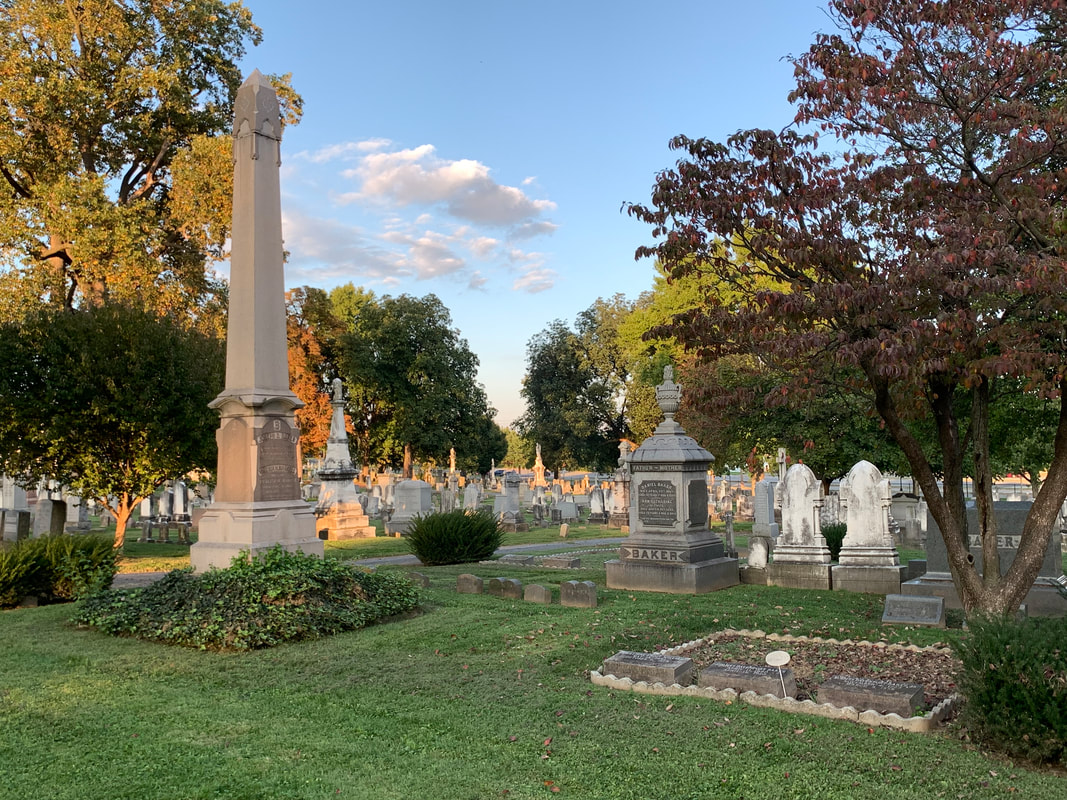




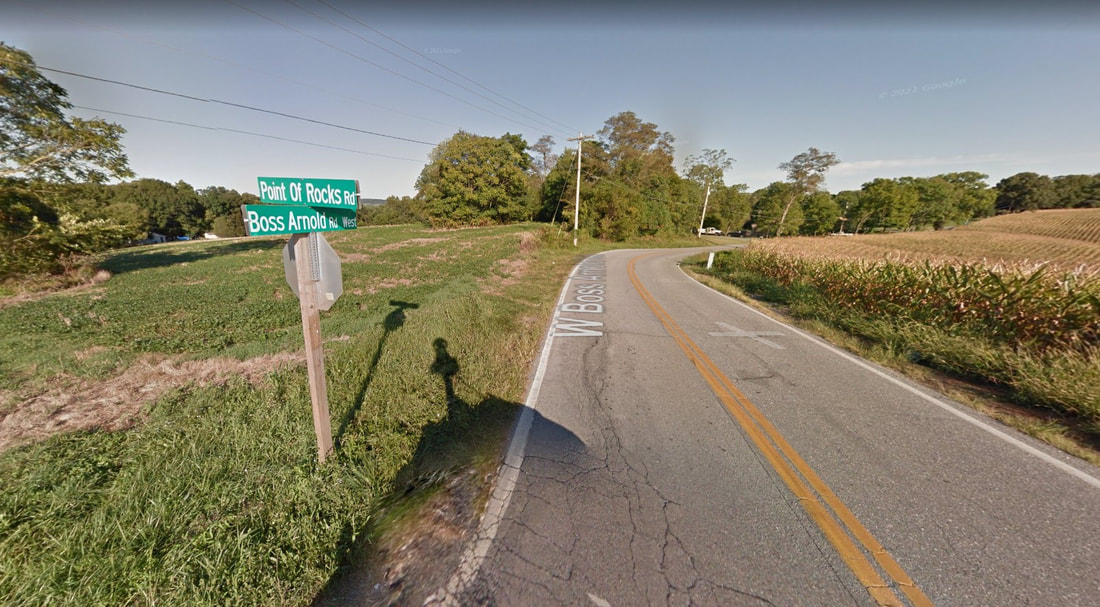



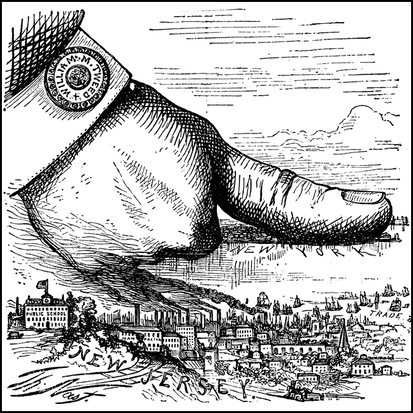


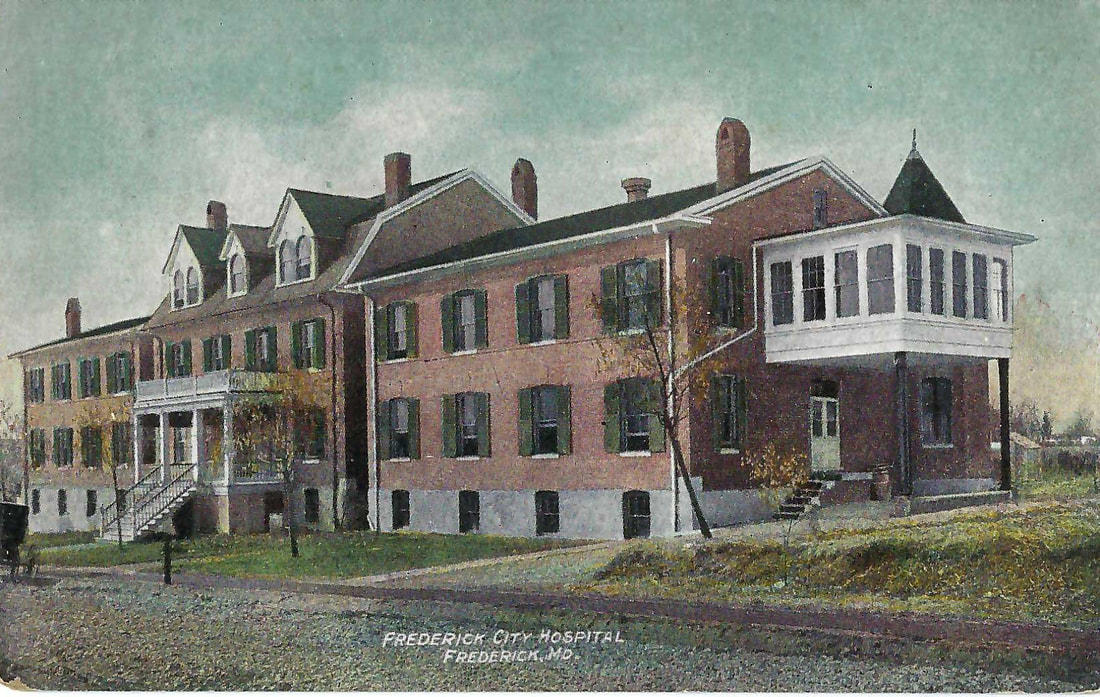


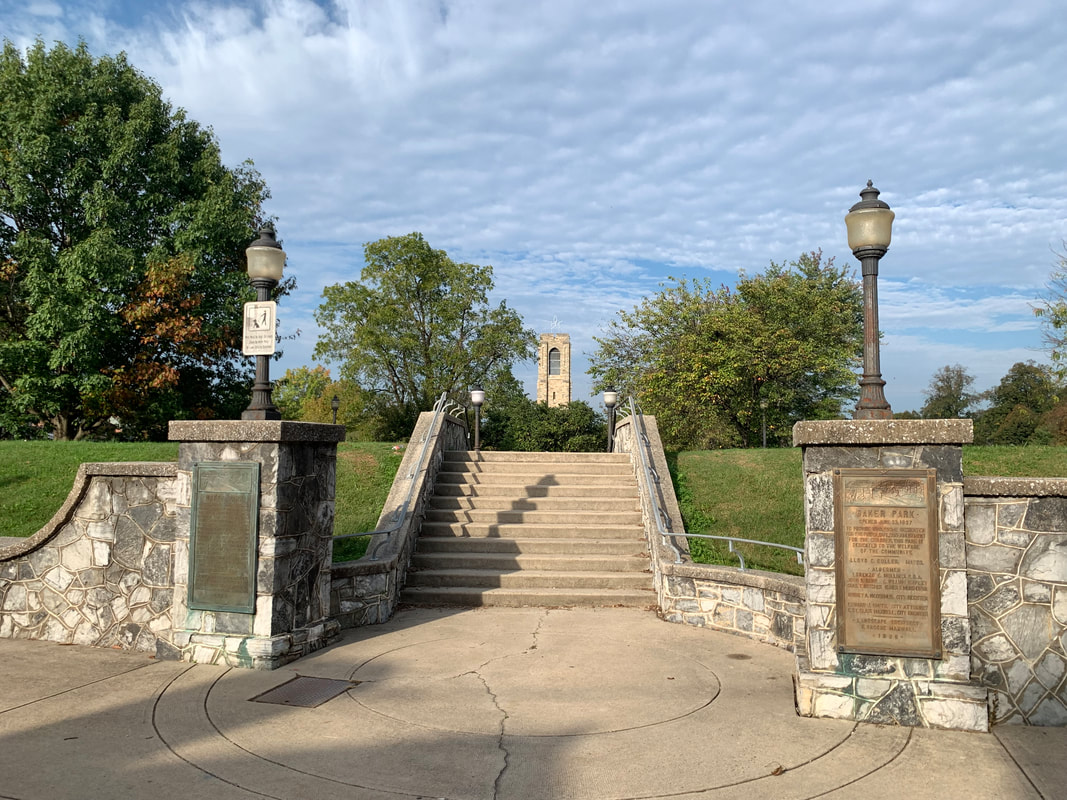









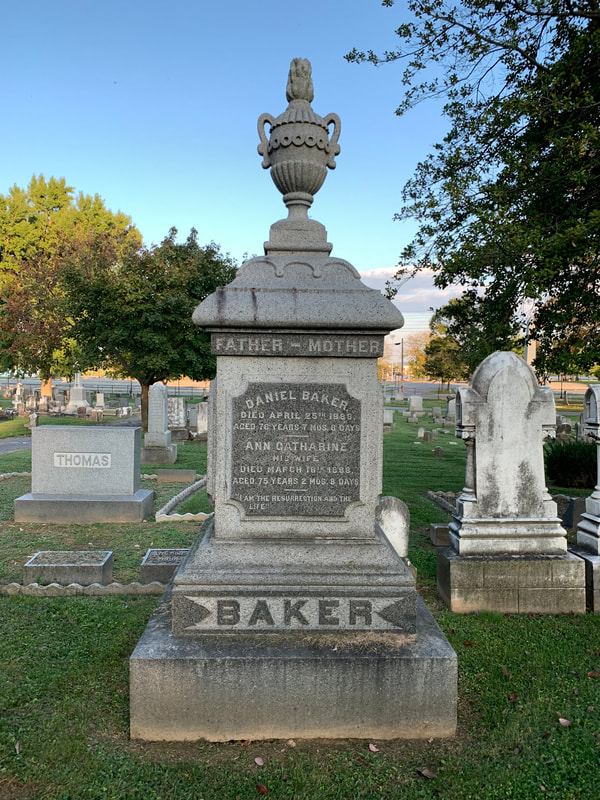







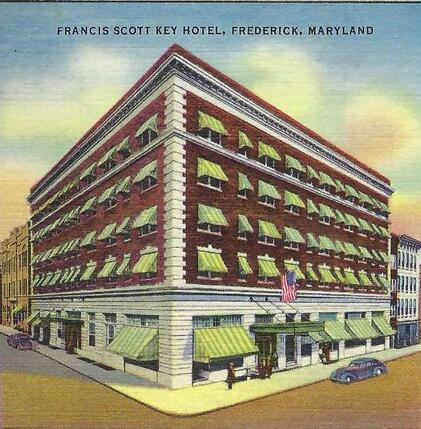





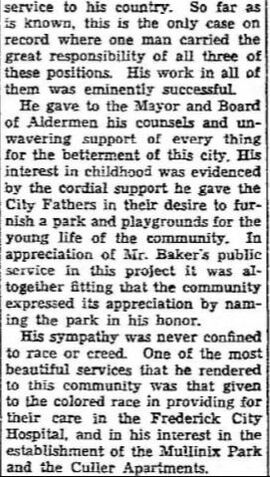




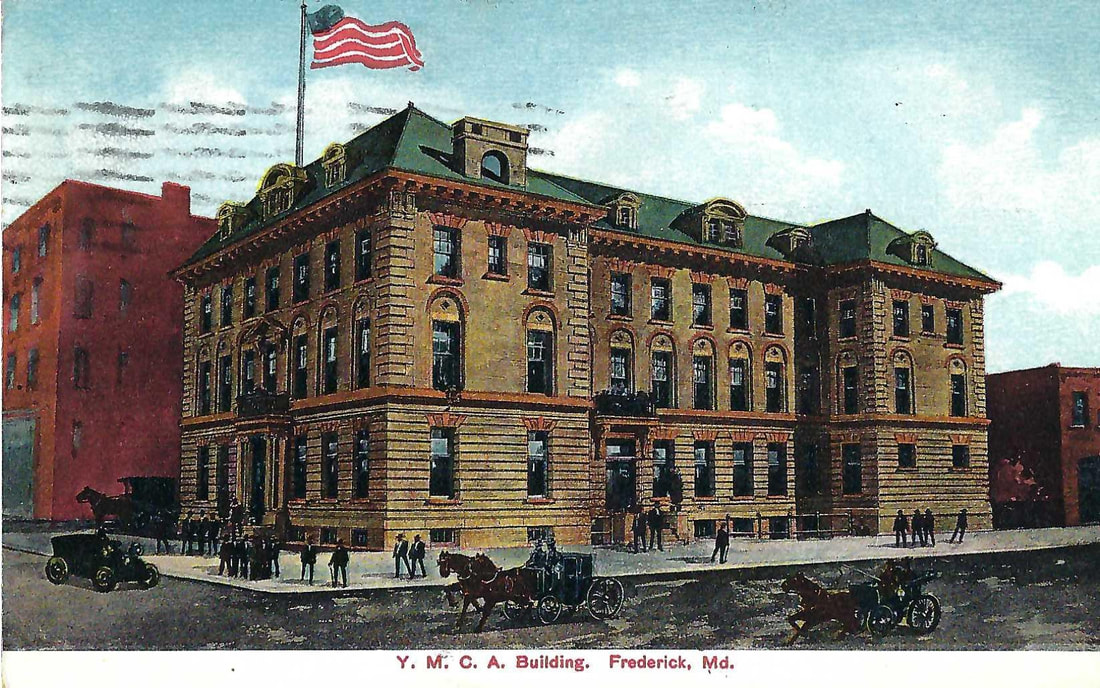



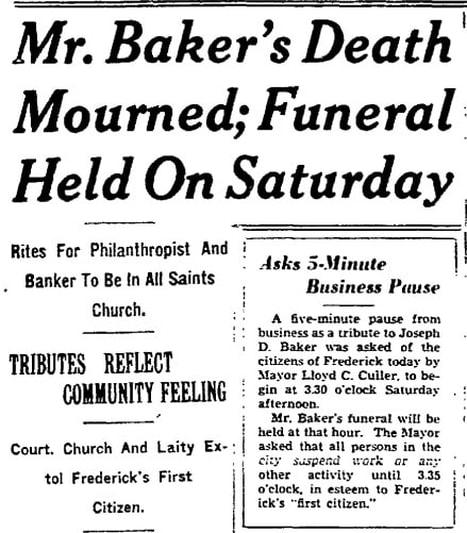






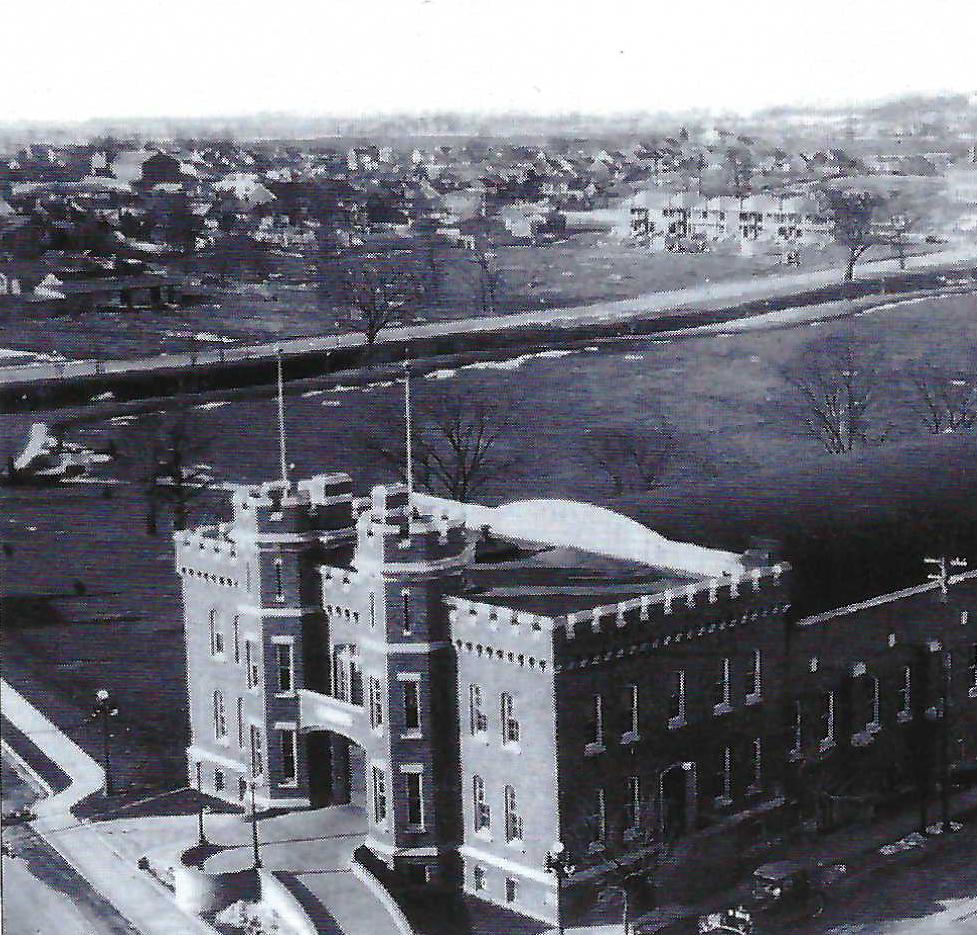








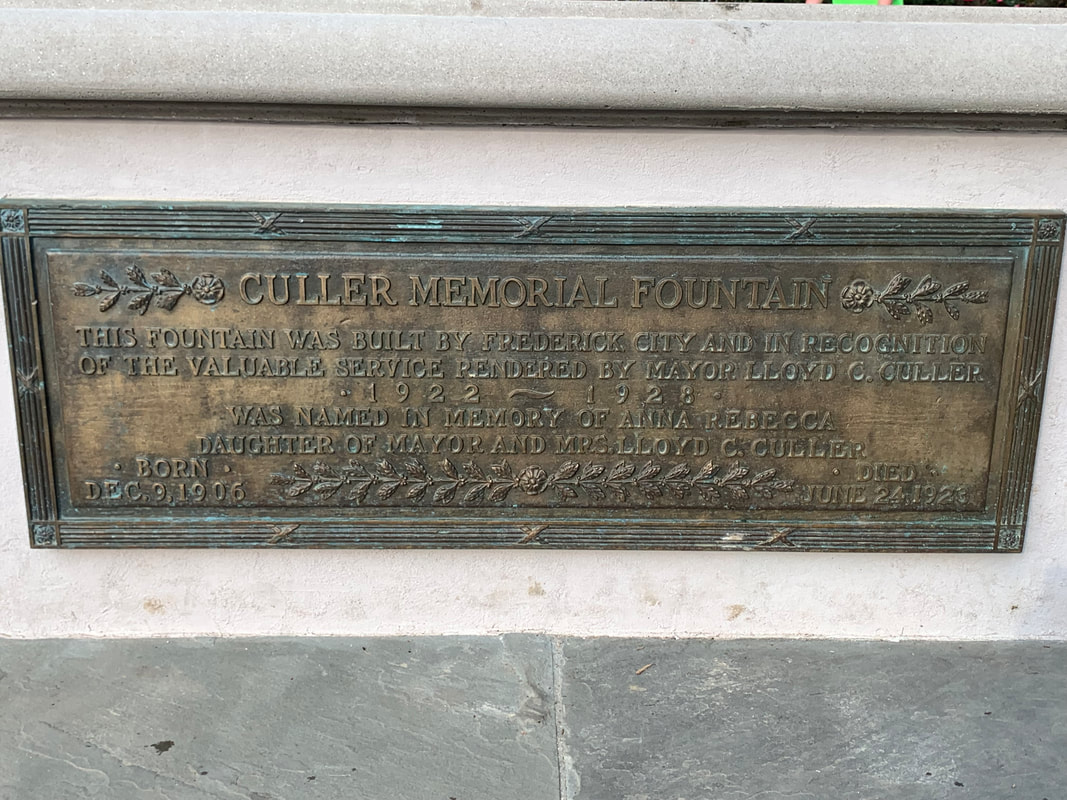





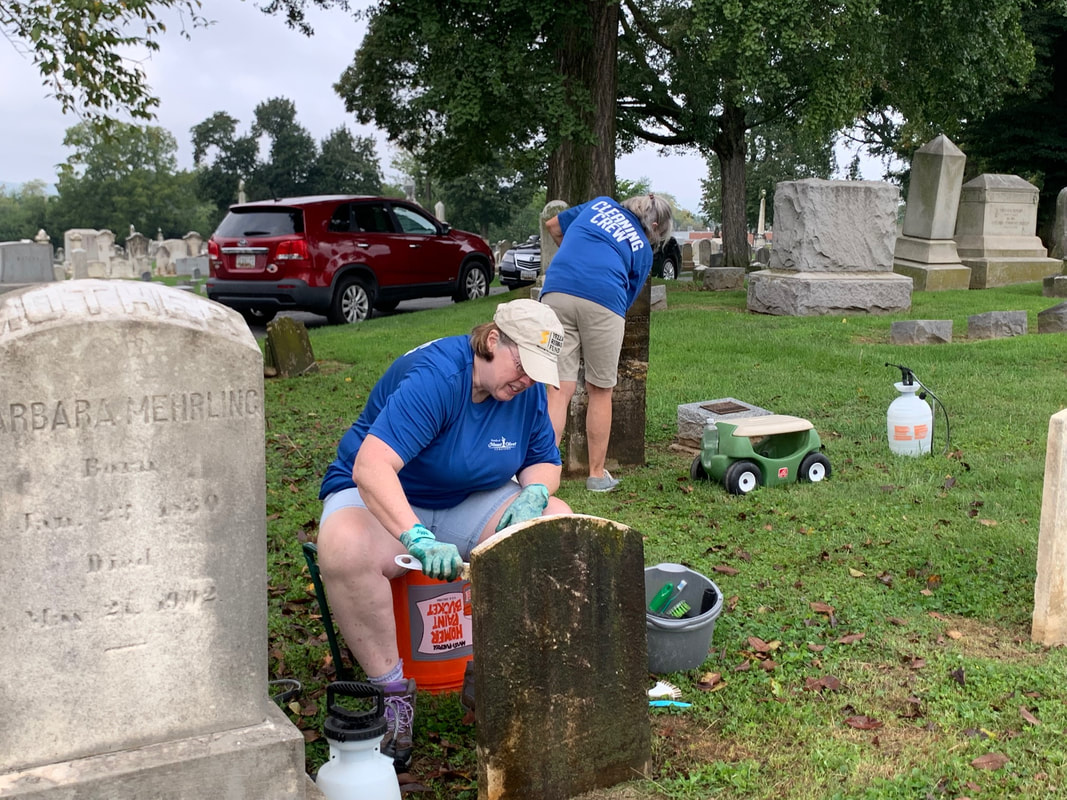



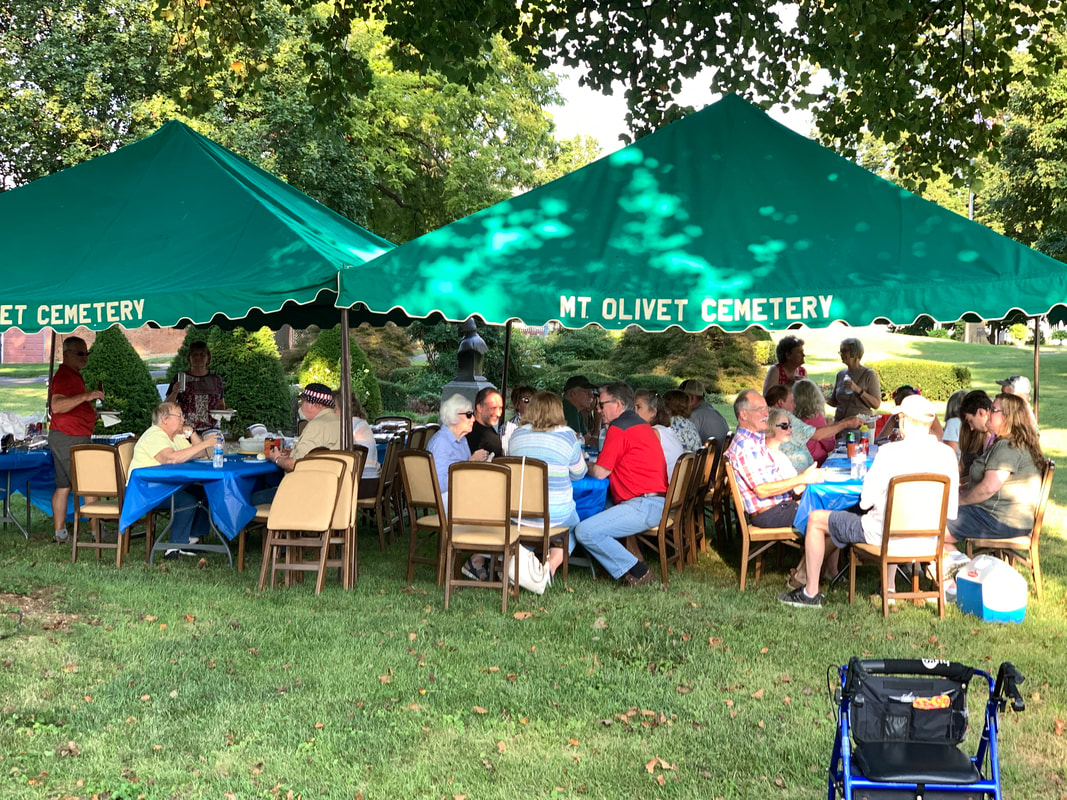

 RSS Feed
RSS Feed